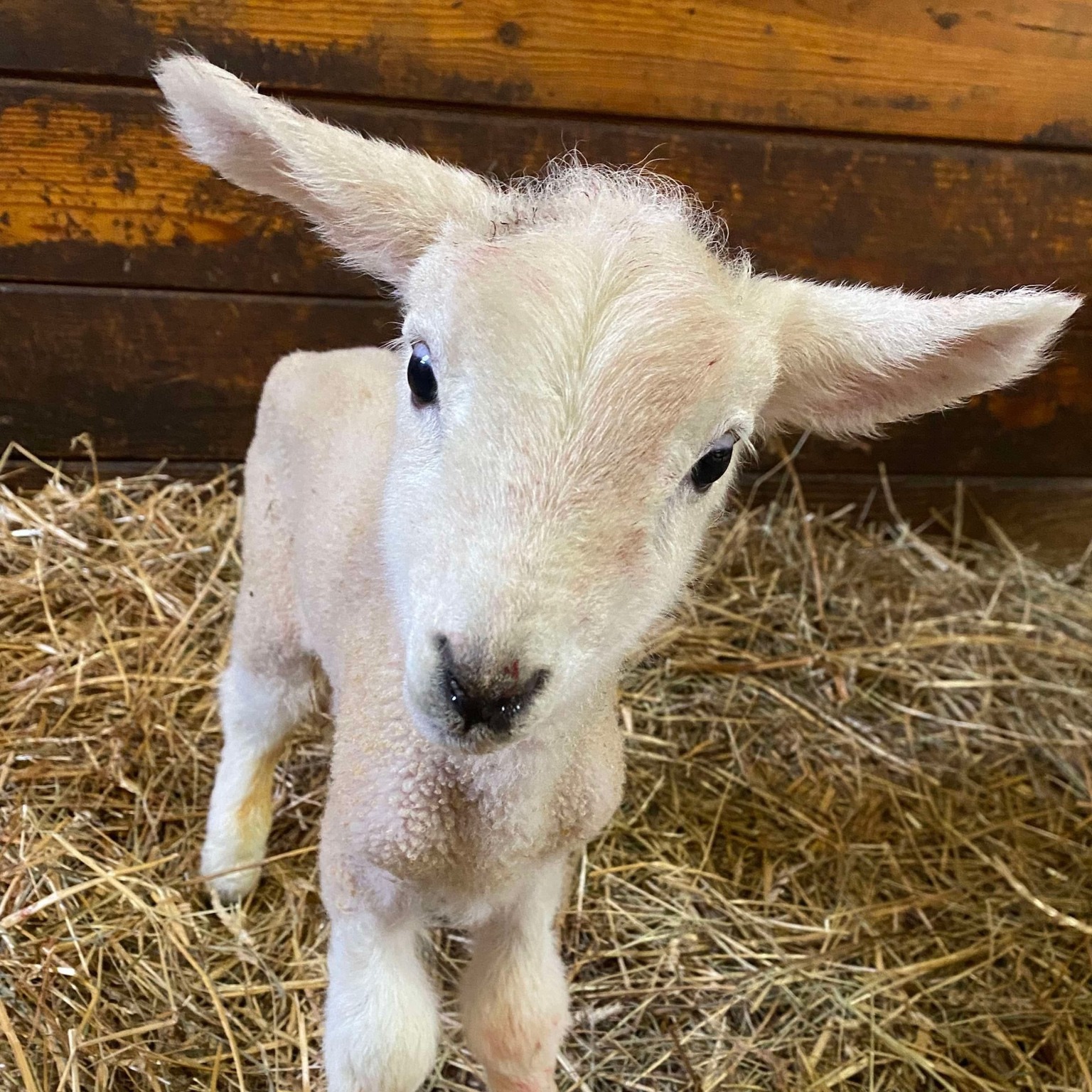- The birth and early development of a baby ram illustrate fascinating aspects of animal behavior, bonding, and growth.
- An overview of the biological and ecological significance of rams, emphasizing their role in biodiversity and ecosystems.
- Insights into zoo management and wildlife conservation strategies specific to protecting and nurturing sheep in captivity.
- Discussion on the human-animal bond and visitor engagement as a key tool in conservation education.
- The importance of supporting conservation initiatives to preserve the habitats and species diversity of sheep populations.
The arrival of a new inhabitant in any zoological facility is always a moment of excitement and educational opportunity. On April 9, 2025, a baby ram entered our barnyard, adding to this landscape with his charm and vitality. Known for their engaging behavior from a young age, rams, especially as lambs, offer a window into the intricate details of sheep development and social behaviors.
From the moment of birth, the baby ram is welcomed by the attentive care of its mother, Norma Jean. This maternal bond is crucial during the initial stages of life, ensuring the lamb’s survival and growth. The first few days are vital as the lamb learns to walk with its wobbly legs, slowly developing the strength required for more complex movements. This period is characterized by dependence on the mother, who provides nourishment and protection. Observing this bond offers insight into the behavioral patterns that are species-specific, reflecting the evolutionary adaptations that have allowed sheep to thrive across different geographies.
Rams are more than congenial inhabitants of zoos; they carry significance that extends into broader ecological contexts. Sheep, including rams, play an essential role in maintaining the health and sustainability of grassland ecosystems. Through grazing habits, sheep assist in controlling plant growth, which in turn supports biodiversity. This dynamic illustrates the interconnectedness of various species within an ecosystem. Understanding the ecological role of rams reinforces the necessity of their conservation, and highlights the impact of their presence on biodiversity.
In addition to the natural history and ecological importance, managing a ram in captivity requires strategic zoo management. Wildlife professionals ensure that the environment mirrors the natural habitat as closely as possible. Enclosures are designed to provide space for exercise, access to appropriate nutrition, and social interactions with other animals. Creating an enriching environment is key to the mental and physical health of the animal, encouraging natural behaviors that visitors can observe. This process is integral to fostering an understanding of wildlife and providing educational experiences for the public.
Zoo-based conservation strategies also encompass breeding programs that aim to preserve genetic diversity within captive populations. Maintaining a healthy gene pool is a priority, and zoos collaborate globally to manage the genetic health of captive populations. By engaging in coordinated breeding efforts, institutions enhance the long-term viability of species under human care. This strategy not only aids immediate populations but also serves as a preventive measure against the threats faced by their wild counterparts.
Beyond the logistics of zoo management, the bond between humans and the animals they care for is an invaluable tool for education and conservation outreach. Engaging visitors with the presence of a baby ram allows for educational dialogue about the role of animals in their ecosystems and the importance of conservation efforts. Personal encounters with animals like our new baby ram generate empathy and interest, driving support for conservation initiatives. These interactions make abstract concepts tangible, advancing the zoo’s mission of conservation and stewardship.
Conservation efforts extend beyond zoos, emphasizing the importance of protecting natural habitats and fostering biodiversity in the wild. Sheep face habitat loss, changing climates, and human-induced pressures, which pose a threat to their survival. Supporting initiatives that prioritize the conservation of natural landscapes ensures the future of sheep populations and the overall integrity of ecosystems they inhabit. Advocacy and education are crucial in elevating awareness and encouraging community involvement in preservation activities.
In conclusion, the addition of a baby ram to our barnyard is not just an event but an opportunity for learning and advocacy. Through examining the biological, ecological, and social dimensions of rams, we gain insights into their significance within natural and managed environments. By supporting conservation and exploring the human connection to wildlife, we contribute to a future where species are protected and thrive in harmony with their ecosystems. Visitors are encouraged to engage, learn, and support these efforts, ensuring that the bond between humans and animals translates into action and conservation successes.
*****
Source Description
Say hello to one of our newest (and fluffiest) additions to our barnyard — A baby ram (a male sheep), born on April 9, 2025!
This little lamb is already stealing hearts with his wobbly legs, soft bleats, and playful personality. He’s healthy, growing fast, and bonding closely with his experienced mom, Norma Jean, who’s doing a fantastic job caring for her new baby. We’re so excited to watch this little one grow over the coming months. Be sure to stop by and say hi — they grow so fast!


